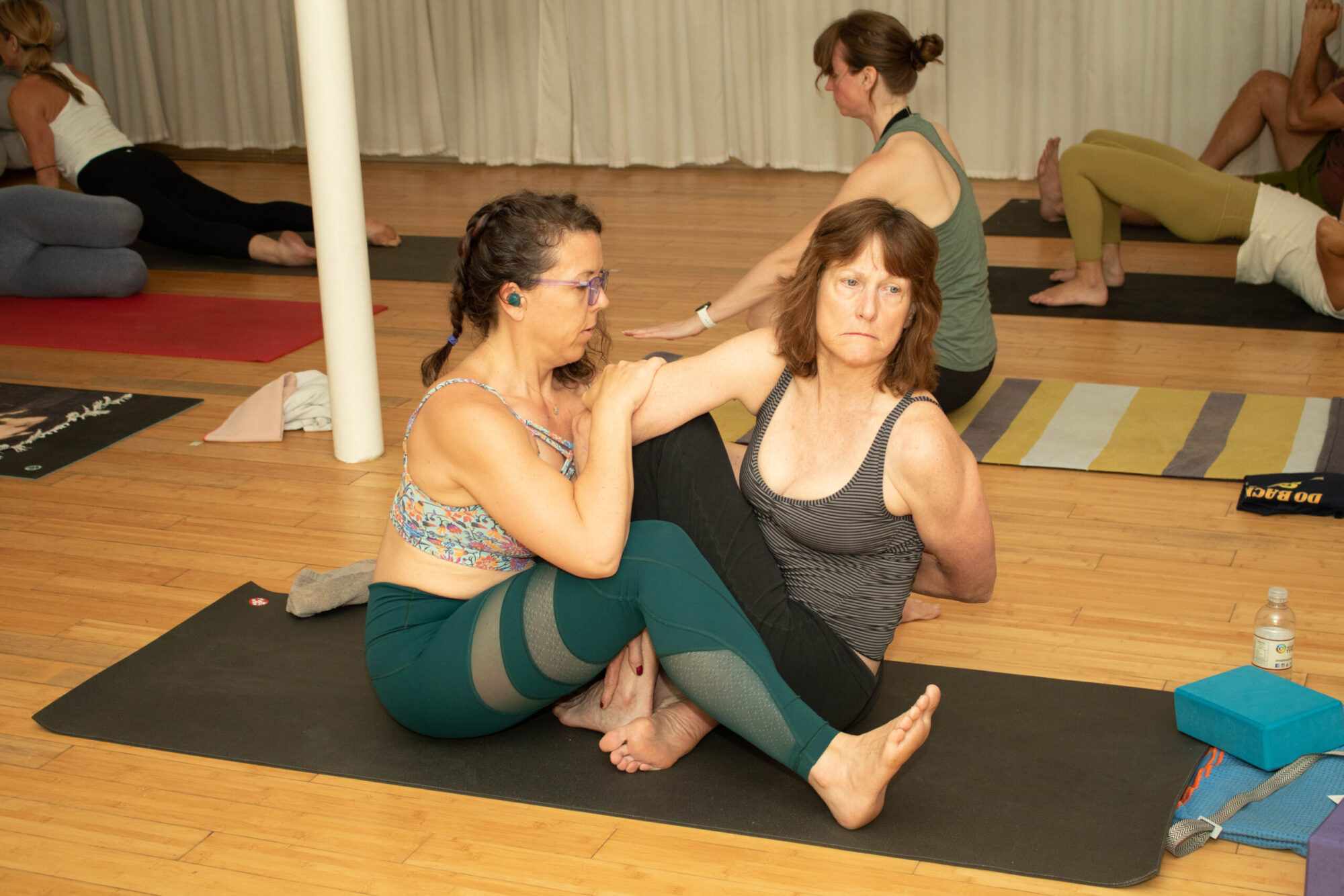But First, Kriyā Yoga
One of the first pieces of yoga philosophy I learned was the eight limbs of yoga. In fact, I think most yoga students, when they first start diving deeper into yoga, begin with the eight limbs of yoga according to Patañjali. This is a great place to start. It helps students initially understand subtler practices of yoga beyond their physical practice. However, this is not where Patañjali started his chapter on practice.
The second book of Patañjali’s yoga sūtras, sadhāna pāda, is all about practice. This chapter is said to be for the yogi with a distracted mind. The Bhāṣya, which is the original layer of commentary on the yoga sūtras, declares at the start of the chapter: that which has been previously state (book 1 of the sūtras) is for the yogi with a focused mind. The sādhana pāda (book 2 of the sūtras) is for the yogi with a distracted mind, I can relate to that!
The first sūtra of this book lays out the definition of kriyā yoga, it’s purpose and how it prepares us for the continued journey of yoga. Kriyā yoga is the method that will allow us to overcome the afflictions of existence which cause suffering. That’s right, kriyā yoga is a method to eliminate suffering!
तपः स्वाध्यायेश्वरप्रणिधानानि क्रियायोगः ॥१॥
tapaḥ svādhyāy-eśvarapraṇidhānāni kriyā-yogaḥ ॥2.1॥
Kriyā yoga is comprised of: tapaḥ, svādhyāya and iśvarapraṇidhānām.
- Tapaḥ – to burn or create heat as a means of cleansing and purifying. Also, self-discipline
- Svādhyāya – study of the true Self. Honestly and continually
- Iśvarapraṇidhānām – Devotion and connection to something that is greater than you
Mastery of these leads to overcoming the afflictions that cause suffering. Patañjali continues over the next few sūtras to explain how and why kriyā yoga will lead students toward samādhi (ultimate bliss). The path toward samādhi is exquisitely laid out with simplistic complexity.
Patañjali explains the root of all suffering is avidyā (ignorance). This ignorance breeds asmitā (not knowing ones true nature), rāga (attraction), dveṣa (avoidance) and abhiniveśaḥ (avoidance of death/change). He goes on to encourage us, and confirms that these afflictions can certainly be reduced and overcome through kriyā yoga. And, we can even dissolve the root of these afflictions, in all its subtleties, through meditation!
And, it’s worth all the work that goes into it, because: Suffering that has yet to come, can be avoided.
हेयं दुःखमनागतम् ॥१६॥
heyaṁ duḥkham-anāgatam ॥16॥
This might be my most favorite sūtra. It is a reminder that growth is possible, and when we truly work toward a goal of peace, we will feel the affects of the work as our lives unfold. Dear yogi, suffering that has yet to come can be avoided. We may not be able to change the past, but we can certainly have a positive impact on our future and experience more peace and greater joy.
And the yogic path toward peace begins with dedication, self-reflection and connection to something that is greater than us/connection to the unknown – Kriyā Yoga.
So, even on the days when you feel grumpy, uninspired, challenged, angry, doubtful or any other sensation that brings suffering. Just practice, try to explore yourself and find expansion toward something greater than you. All the rest will fall into place as you continue on the path. Keep practicing dear yogi, you’re doing great work.
